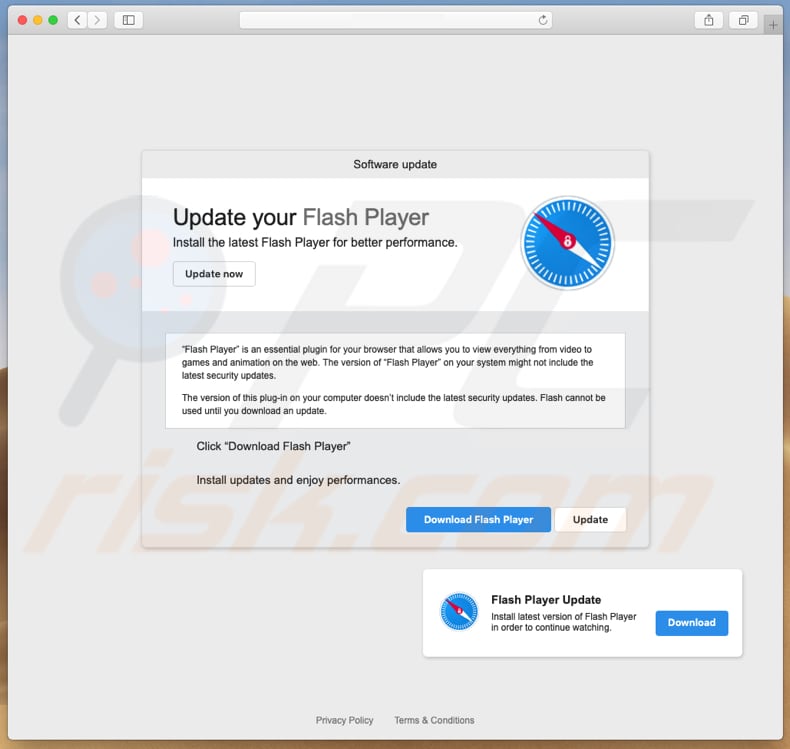
Bio Rad Imark Microplate Reader Manual
RNAi, Oligos, Assays, Gene Editing & Gene Synthesis Tools Oligos Tools. Eurofins MWG Operon Oligos Tool.
iMark Microplate Absorbance Reader Instruction Manual
10
Report Types
Two types of reports can be generated; End-point protocol, and Kinetic protocol. Each of these and their subtypes
are described below. After these descriptions, there are flow diagrams that show how to access specific choices.
End-point Protocol Reports
Nine types of End-Point Protocol reports can be generated: raw data, absorbance, limit, matrix, cutoff, curve fit,
concentration, difference, and TeSeE screening reports.
1. Raw data report
The Raw data report is the uncorrected absorbance values (without blank subtraction). In single-wavelength
mode, the reported value is the measured absorbance. In dual-wavelength mode, the reported value is the
difference between the uncorrected readings taken with the measurement filter and with the reference filter.
2. Absorbance
report
The Absorbance report is the blank-corrected absorbance values. The mean absorbance value of all of the wells
designated as assay blanks is calculated and then subtracted from all 96 values of the raw data set to produce the
Absorbance report.
Yes you can delete them. But I'd only delete them if I don't have enough storage for them and if it's easy to redownload the file again for future installation. They have prove to be time saving if you need to install it on another PC. Can you use DMG files on Windows? Choose Safari→Preferences or press cmd+, (comma). Click the General tab, and then click the Save Downloaded Files To pop-up menu. Choose Other. Navigate to the location where you want the files to be stored. Click the Select button. Click the Close button to exit.  To answer your question(s), generally speaking, yes, you can delete the container file whether it be a.pkg,.dmg or.zip file. This of course assumes that all content of the container file has been installed. I can also delete.dmg files now, because in the past - seeing the applications weren't installed correctly, deleting the.dmg file caused the application to partially uninstall as it was running the incorrectly installed application. A DMG is like a ZIP file, but it mounts a virtual drive on your desktop for installation. You must 'eject' (or unmount) the virtual drive, then you can delete the DMG file from your computer. If the DMG has a virtual drive mounted, then you cannot delete it because it is still open.
To answer your question(s), generally speaking, yes, you can delete the container file whether it be a.pkg,.dmg or.zip file. This of course assumes that all content of the container file has been installed. I can also delete.dmg files now, because in the past - seeing the applications weren't installed correctly, deleting the.dmg file caused the application to partially uninstall as it was running the incorrectly installed application. A DMG is like a ZIP file, but it mounts a virtual drive on your desktop for installation. You must 'eject' (or unmount) the virtual drive, then you can delete the DMG file from your computer. If the DMG has a virtual drive mounted, then you cannot delete it because it is still open.
Abs = Raw – Blank mean
Blank mean = X/n
S.D. = [{X^2 – n*(Blank mean)^2}/{n-1}]^1/2
Where:
S.D. = Standard deviation
X = Sum total of the raw absorbance for each blank
X^2 = Sum total of the squared raw absorbance for each blank
n = Number of blanks
3. Limit
report
Bestseller. Polk Provides Rvers With Qualified RV Information, Tips And Safety Advice.This Valuable Resource Provides The Locations And Descriptions Of Over 700 Mountain Passes And Steep Grades In 22 States. Car camcorder gs8000l manual pdf. .How To Pack Your Rv - Not What To Pack.A Great Checklist For Rvers That Takes You Through The Pre-buying Inspection Process, The Pdi, And Then What To Do And Look Out For When Setting Up And Breaking Camp.A Great Checklist For Rvers That Takes You Through The Pre-buying Inspection Process, The Pdi, And Then What To Do And Look Out For When Setting Up And Breaking Camp.Secret Methods And Inspection Hints Used By Professional RV Appraisers.RV Expert Mark Polk Is The Producer & Host Of Americas Most Highly Regarded Series Of Dvds, Videos, Books, And E-books. Vital Information For Anyone Driving A Large Or Heavy Vehicle.
The Limit report provides a qualitative YES/NO report. Wells with blank-subtracted absorbance values between
the upper and lower limits are represented with an asterisk (*), wells with absorbance values below the lower
limit by minus signs (-), and wells with absorbance values greater than the upper limit by positive signs (+).
4. Matrix
report
The Matrix report provides a qualitative report of the relative magnitude of the absorbance values on the plate.
The absorbance range defined by the upper and lower limits is divided into 10 equal partitions, numbered 0
through 9. The blank-subtracted absorbance value of each well is classified according to the partition of the
matrix to which it corresponds, and is reported as a signal digit. Wells with absorbance values greater than the
upper limit are reported by plus signs (+), and wells with absorbance values less than the lower limit by minus
signs (-).